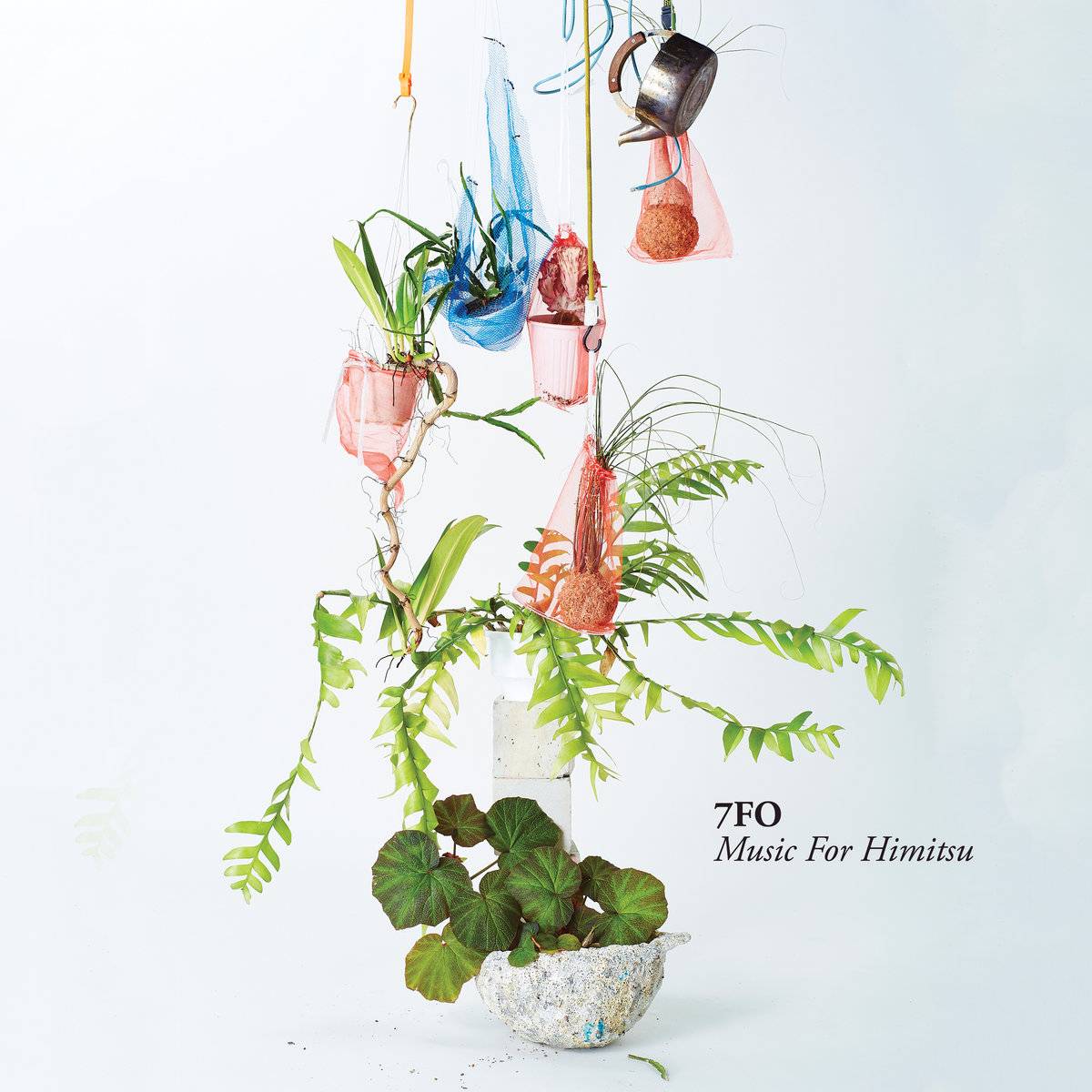Back in 2014, Osaka musician 7FO (pronounced “nana-eff-oh”), who doesn’t disclose his real name for privacy reasons, likely didn’t think that the music he was making for an art exhibition that year would see a public release in 2022. But that’s where Berlin label Metron Records comes in.
It’s not the first re-release that the boutique label has offered up, having tracked down pianist (and now chocolatiere) Yumiko Morioka to provide a new home in 2020 for her first and only album, “Resonance,” which was released back in 1987. Nor is it their first 7FO release; the label began with his “Moment (Selected Works 2012-2017)” in 2018, and for the label’s 10th album, he has appeared again. This time it’s “Music for Himitsu.”
The exhibition in question, Himitsu — put on by an eponymous, temporary collective of artists — took place at Galerie6c in Nishinomiya, Hyogo Prefecture. Its members, all hailing from Osaka, were ceramic artist Shiori Nishino, photographer Hiroshi Nakamura and landscape gardener Takashi Torigoe. For the show, each discipline represented a part of the elemental trio of earth (for ceramics), light (photography) and water (plants and gardening), all mixing and merging to show both the harmony and discord of nature.

















With your current subscription plan you can comment on stories. However, before writing your first comment, please create a display name in the Profile section of your subscriber account page.